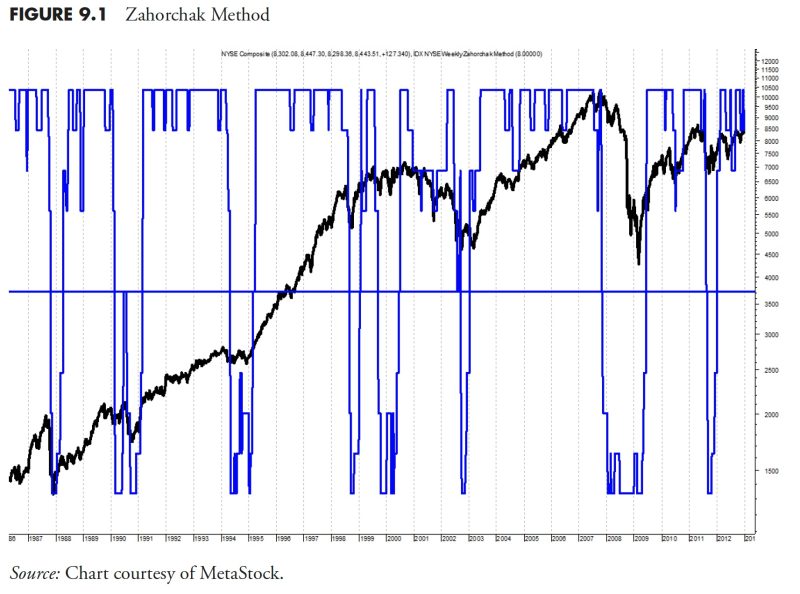Market Research and Analysis: Understanding Technical Analysis
Understanding market research and analysis is essential for investors and traders looking to make informed decisions in the financial markets. In particular, technical analysis plays a crucial role in predicting future price movements based on historical data. Let’s delve deeper into the world of technical analysis and explore its key concepts.
Price Patterns and Trends
One of the fundamental aspects of technical analysis is the identification of price patterns and trends. By analyzing historical price data, traders can identify patterns such as head and shoulders, double tops, and triangles. These patterns provide valuable insights into the market sentiment and help traders anticipate potential price movements.
Trends are another crucial aspect of technical analysis. By analyzing price movements over a specific period, traders can determine the direction of the market. Trend analysis helps traders identify whether the market is in an uptrend, downtrend, or ranging environment, allowing them to make more informed trading decisions.
Support and Resistance Levels
Support and resistance levels are key concepts in technical analysis that help traders identify potential entry and exit points. Support levels represent price levels where a stock or security tends to find buying interest, preventing it from falling further. Resistance levels, on the other hand, represent price levels where a stock or security tends to encounter selling pressure, preventing it from rising further.
By identifying and monitoring support and resistance levels, traders can make better decisions about when to enter or exit a trade. Breakouts above resistance levels or breakdowns below support levels can signal potential opportunities for profit.
Indicators and Oscillators
Technical analysts often use indicators and oscillators to complement their analysis of price patterns and trends. Indicators such as moving averages, relative strength index (RSI), and MACD provide additional insights into market dynamics and help traders confirm their trading decisions.
Moving averages help smooth out price data and identify trends, while oscillators like RSI and MACD help traders identify overbought or oversold conditions in the market. By using a combination of indicators and oscillators, traders can develop a more well-rounded analysis of the market and improve their trading strategies.
Risk Management
Risk management is a critical aspect of technical analysis that should not be overlooked. Traders must establish clear risk management rules to protect their capital and minimize losses. By setting stop-loss orders, managing position sizes, and diversifying their portfolios, traders can reduce the impact of potential losses and increase their chances of long-term success.
In conclusion, technical analysis is a valuable tool for traders looking to understand market dynamics and make informed trading decisions. By studying price patterns, trends, support and resistance levels, indicators, and oscillators, traders can develop a comprehensive analysis of the market and improve their trading strategies. Combined with effective risk management practices, technical analysis can help traders navigate the complex world of financial markets with confidence.
